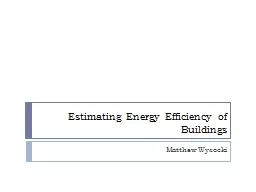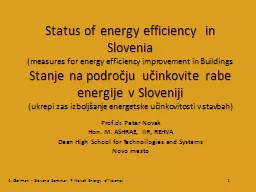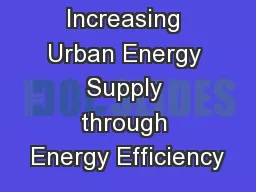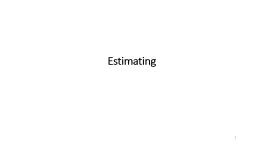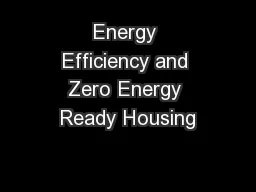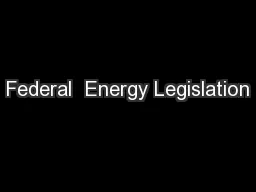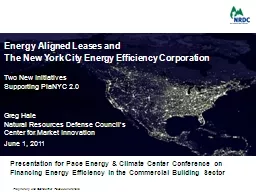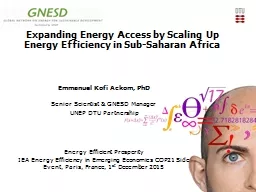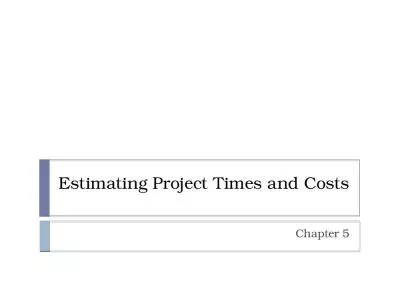PPT-Estimating Energy Efficiency of Buildings
Author : lindy-dunigan | Published Date : 2017-04-28
Matthew Wysocki Introduction Research into building efficiency Heating ventilation and cooling Software simulations UCI Machine Learning Repository Dataset Generated
Presentation Embed Code
Download Presentation
Download Presentation The PPT/PDF document "Estimating Energy Efficiency of Building..." is the property of its rightful owner. Permission is granted to download and print the materials on this website for personal, non-commercial use only, and to display it on your personal computer provided you do not modify the materials and that you retain all copyright notices contained in the materials. By downloading content from our website, you accept the terms of this agreement.
Estimating Energy Efficiency of Buildings: Transcript
Download Rules Of Document
"Estimating Energy Efficiency of Buildings"The content belongs to its owner. You may download and print it for personal use, without modification, and keep all copyright notices. By downloading, you agree to these terms.
Related Documents

